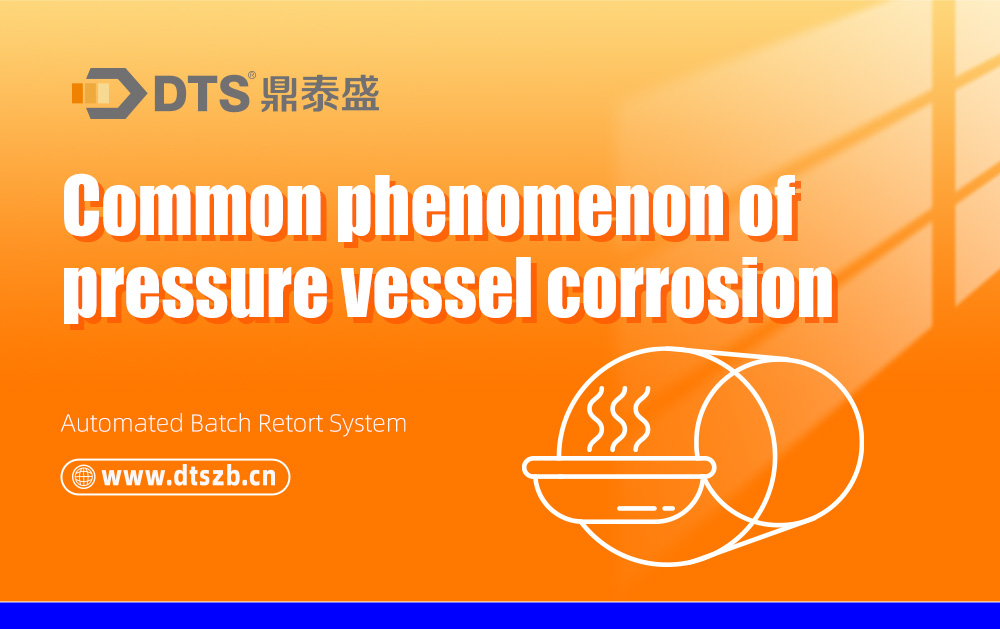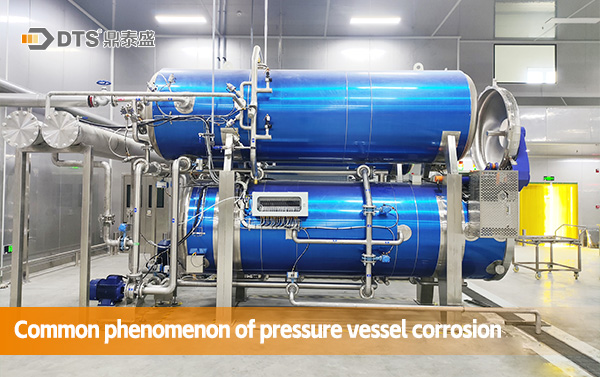
As everyone knows, the sterilizer is a closed pressure vessel, usually made of stainless steel or carbon steel. In China, there are about 2.3 million pressure vessels in service, among which metal corrosion is particularly prominent, which has become the main obstacle and failure mode affecting the long-term stable operation of pressure vessels. As a kind of pressure vessel, the manufacturing, use, maintenance and inspection of the sterilizer can’t be ignored. Due to the complex corrosion phenomenon and mechanism, the forms and characteristics of metal corrosion are different under the influence of materials, environmental factors and stress states. Next, let's delve into several common pressure vessel corrosion phenomena:

1.Comprehensive corrosion (also known as uniform corrosion), which is a phenomenon caused by chemical corrosion or electrochemical corrosion, the corrosive medium can reach all parts of the metal surface evenly, so that the metal composition and organization are relatively uniform conditions, the entire metal surface is corroded at a similar rate. For stainless steel pressure vessels, in a corrosive environment with low PH value, the passivation film may lose its protective effect due to dissolution, and then comprehensive corrosion occurs. Whether it is a comprehensive corrosion caused by chemical corrosion or electrochemical corrosion, the common feature is that it is difficult to form a protective passivation film on the surface of the material during the corrosion process, and the corrosion products may dissolve in the medium, or form a loose porous oxide, which intensifies the corrosion process. The harm of comprehensive corrosion can’t be underestimated: first, it will lead to a reduction in the pressure area of the pressure vessel bearing element, which may cause perforation leakage, or even rupture or scrap due to insufficient strength; Secondly, in the process of electrochemical comprehensive corrosion, H+ reduction reaction is often accompanied, which may cause the material t





